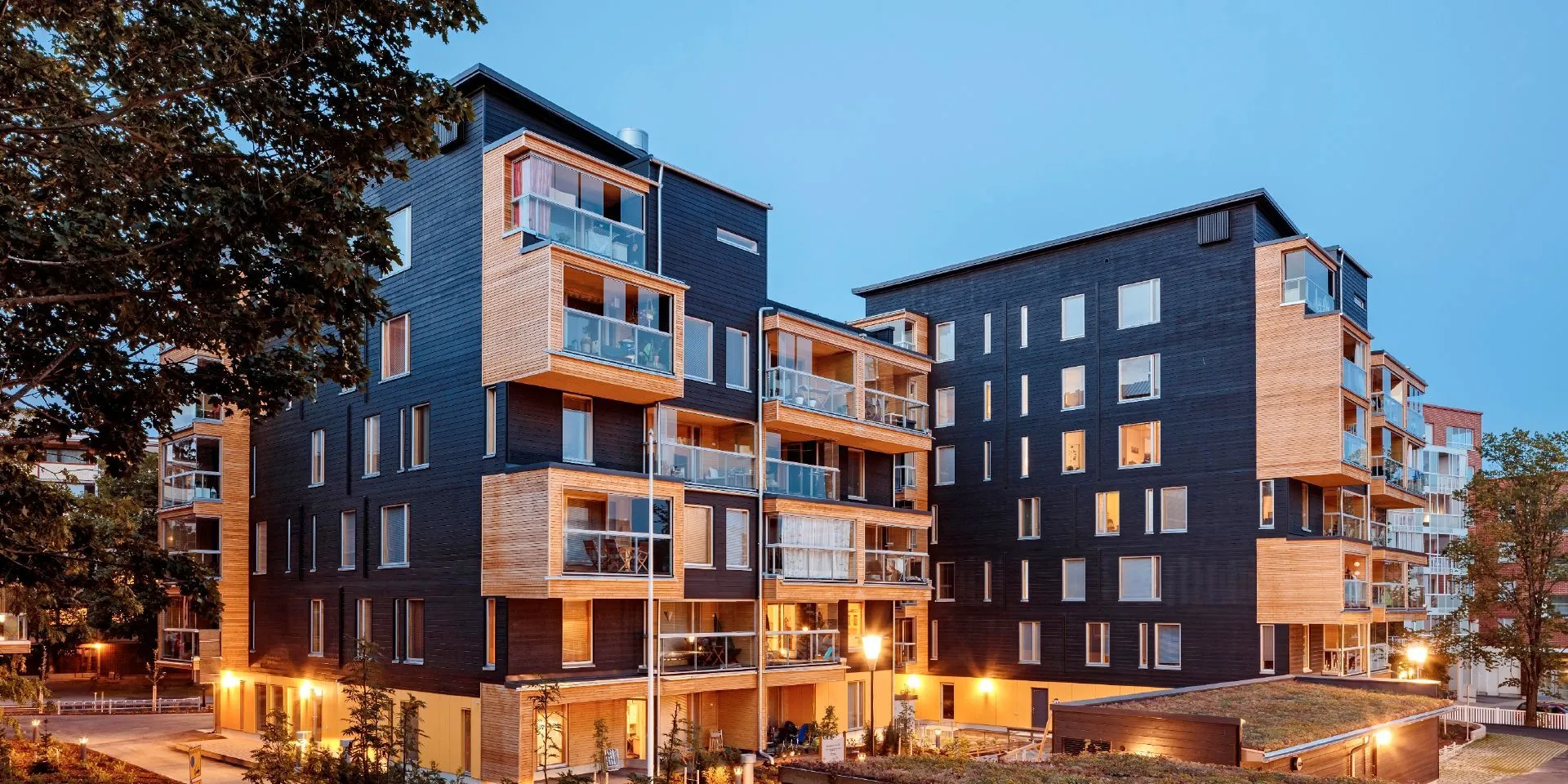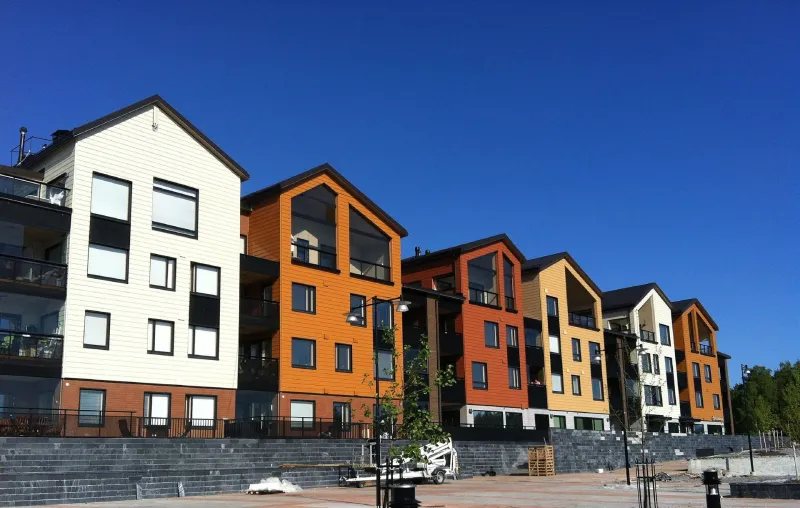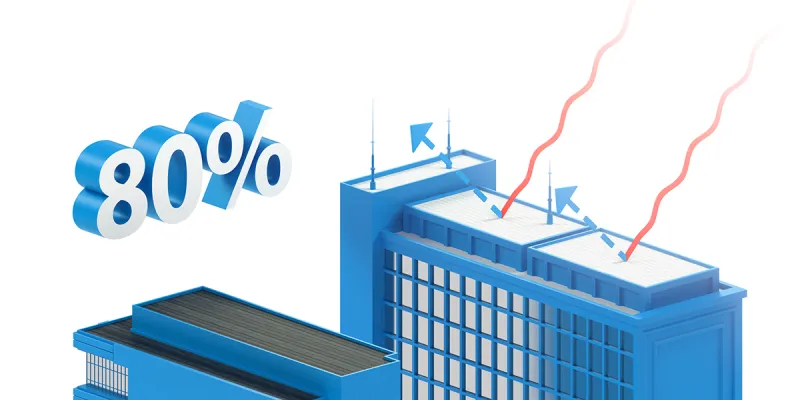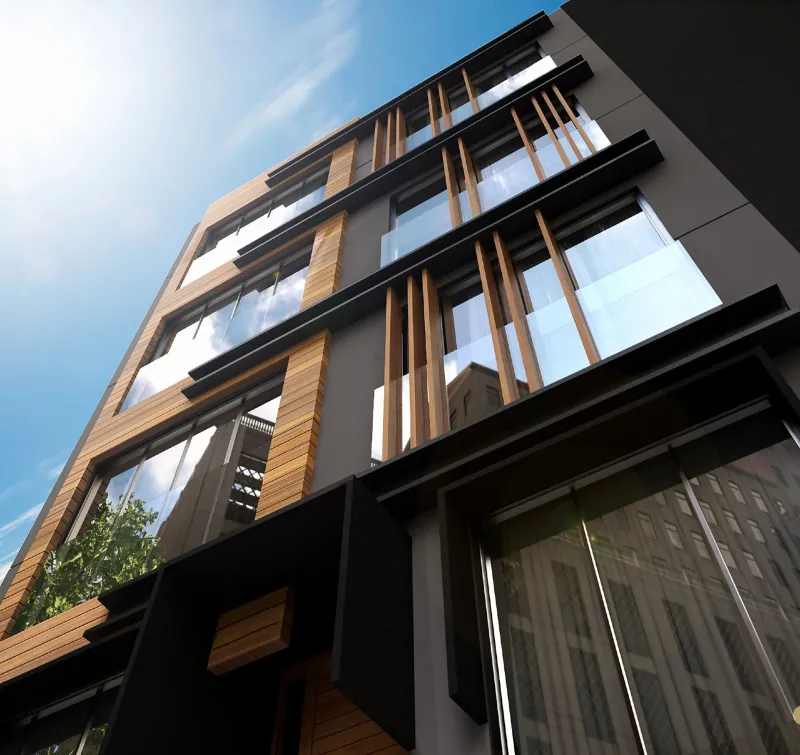How surface treatment solutions help score green building points
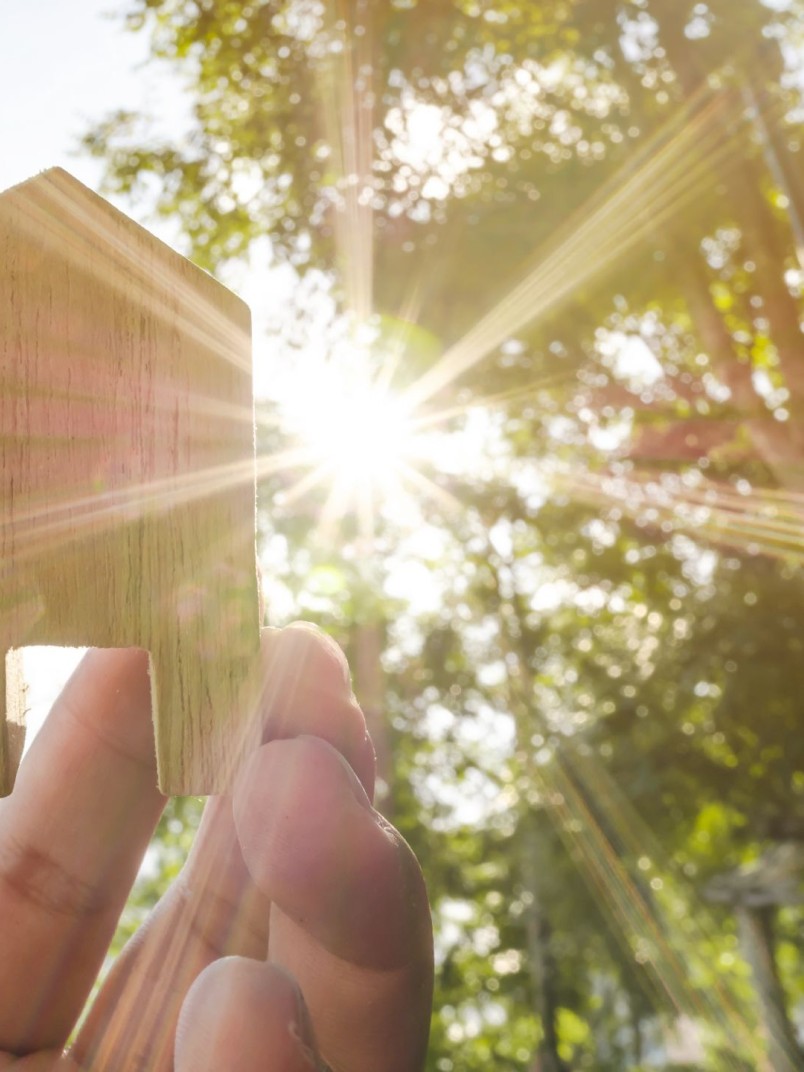
As environmental regulations are getting increasingly strict around the world and consumers expect solutions that are both ecological and healthy, sustainable buildings are steadily becoming the new norm.
The use of environmental certificates and classifications in the construction sector is increasing year by year. In Poland, for example, the number of buildings with green building certificates annually increases by 30 per cent on average and, in 2020, the area covered by certified buildings altogether was more than 17 000 000 m2. Also, In Finland the use of environmental certificates has doubled in the last five years, whilst in Sweden, the corresponding figure has increased fivefold.
Of the hundreds of sustainability classifications for the built environment, the world’s top green building rating systems at the moment are LEED (Leadership in Energy and Environmental Design) and BREEAM (Building Research Establishment Environmental Assessment Method). Globally used and gaining in popularity, WELL is the leading tool for advancing health and well-being in buildings.
There is also a large market of local green building certificates and classifications, such as the Nordic Swan, Miljöbyggnad and RTS Environmental Classification that are used in the Nordic countries. All of these green building rating systems are point-based.
How to pick the right products?
There is no simple answer to which coatings can be used on green building sites, as there are numerous environmental certificates and emission classifications. Even the most commonly used classifications, such as LEED and BREEAM, have different schemes and criteria for scoring the products used.
Selecting a paint or coating suitable for green building always depends on the site and the environmental certificate used: is it a new or existing building, what version of the standard is being used, etc.
There are, however, some general guidelines to help you attain certification points on green building projects:
1. Choose coatings with low VOC content
One of the aims of green building is to minimize VOC emissions, which is also taken into account in legislation. Low VOC content is key to indoor air quality and the well-being of building users.
- LEED: Look for products with minimal VOC content and emissions. LEED has minimum requirements for emissions and VOC content (g/l) for paints and coatings. Recognize M1 certificate as fulfilling general emission requirements for projects realized outside the U.S.
- BREEAM International: Look for products fulfilling the Indoor Air Quality requirements and recognize M1 certified paints and coatings for general level criteria.
- RTS: Look for products with the M1 emission classification.
- WELL: Look for products that meet applicable national VOC content regulations. In WELL projects, there is an on-site performance test to verify VOC emissions after the installation of all materials.
2. Choose exterior paints with heat-reflective properties
Energy efficiency and solutions designed to cut carbon dioxide emissions are a major consideration in green building. Certain coatings offer enhanced heat-reflective properties, significantly reducing the buildings indoor and surface temperatures.
An intelligent roof-coating system, such as Tikkurila ClimateCooler, reflects solar radiation, which reduces the building’s energy consumption allocated to cooling needs, such as air conditioning. Cool roofs are a quick and cost-efficient way to reduce building-related carbon emissions – the warmer the climate, the bigger the effect.
3. Choose durable products that need minimal maintenance
As each repaint further stresses the environment, a long maintenance painting interval adds value to a product.
So, in addition to minimizing harmful substances, ensuring high-quality indoor air and contributing to energy-efficiency, coatings play an important role in resource efficiency – by providing the construction industry products that extend the durability and service life of surfaces.
Here to help you
For the best advice when selecting paints and coatings, refer to the construction project’s environmental certification consultant. When the specific criteria are known, we at Tikkurila are happy to help you.
